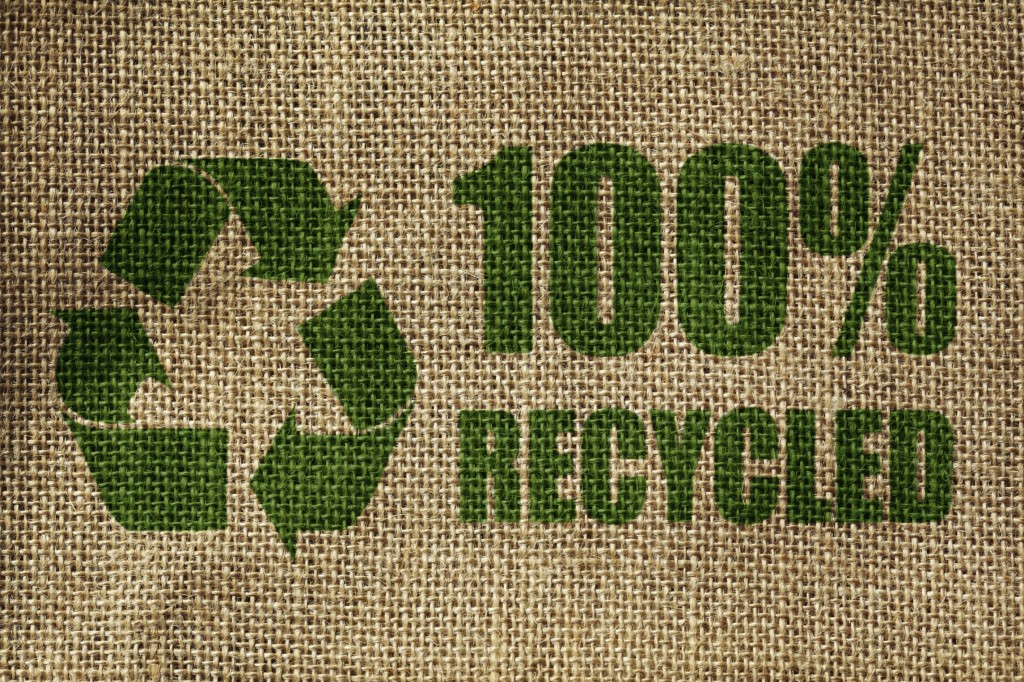The process which involves the reprocessing or reusing of old clothing, excess pieces of clothing produced during manufacture and fibrous material is known as textile recycling. Recycling helps provide worn clothes, linens and other textiles a second shot at life along with a visible reduction in the amount of trash going into landfills.
Most consumers are not aware of the fact that every discarded item of clothing, even the ones missing a few bits or pieces like a button, has a particular use. They are quick to dump old clothes. However, almost 99 percent of all used textiles can be recycled. 4.5 percent of solid municipal waste is comprised of textiles.
Process of Textile Recycling
Research indicates that textile recyclers sell off almost half of the clothing items to developing countries. Garments which cannot be used any further are turned into clothes for polishing and wiping which are made use of by consumers as well as a number of industries.
A number of companies have also joined the textile recycling bandwagon and accept their products back from consumers for the purpose of recycling. Some have even started to create innovative wear from old scraps of cloth. The manufactured garments are being promoted as a kind of style by adding and combining new features.
The composition of a certain textile will influence its method of recycling as well as its durability. Deposited material is classified according to colour and type. Shredding and blending of the textile occurs, followed by cleaning and mixing the fibers which is then spun to be made suitable for the purpose of knitting or weaving. Compressed fibres can be used in the production of mattresses.
Be a Part of Change
Consumers play a big role in the environment as what they do with their worn clothing is almost as crucial as how they shop for new items of clothing. It takes 700 gallons of water to grow the sufficient amount of cotton to make a t-shirt. The crop too is highly dependent on use of pesticides. If you consider the emissions being released into the environment, the amount of pollution generated by textile manufacturing is troubling.
You can do your bit for the environment by recycling textiles. The most common method for consumers is reuse through the medium of reselling or donating your worn clothes to a charitable organization of your choice. But you need to keep in mind that there are certain communities which make sure that the textiles, even if worn, have been cleaned and dried; only then, will they be eligible for recycling.
Buying wearable second-hand clothing is a great way to show that you care about nature. Select products made from sustainable fabrics like bamboo.




